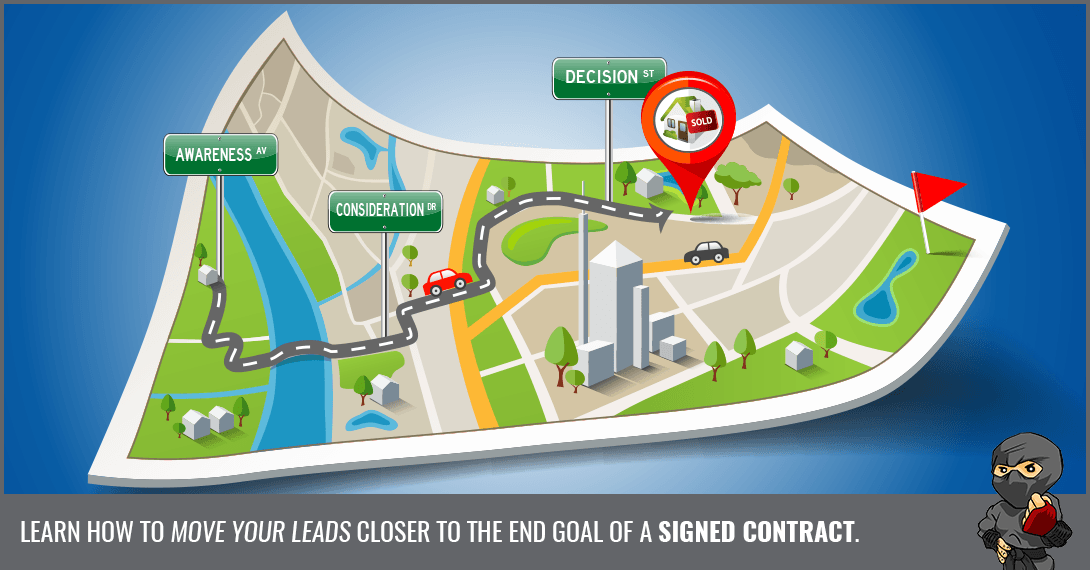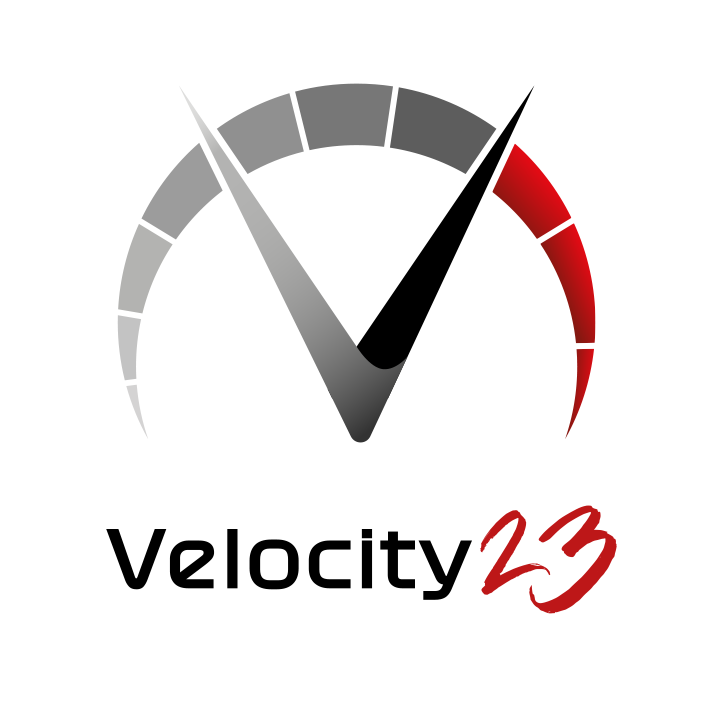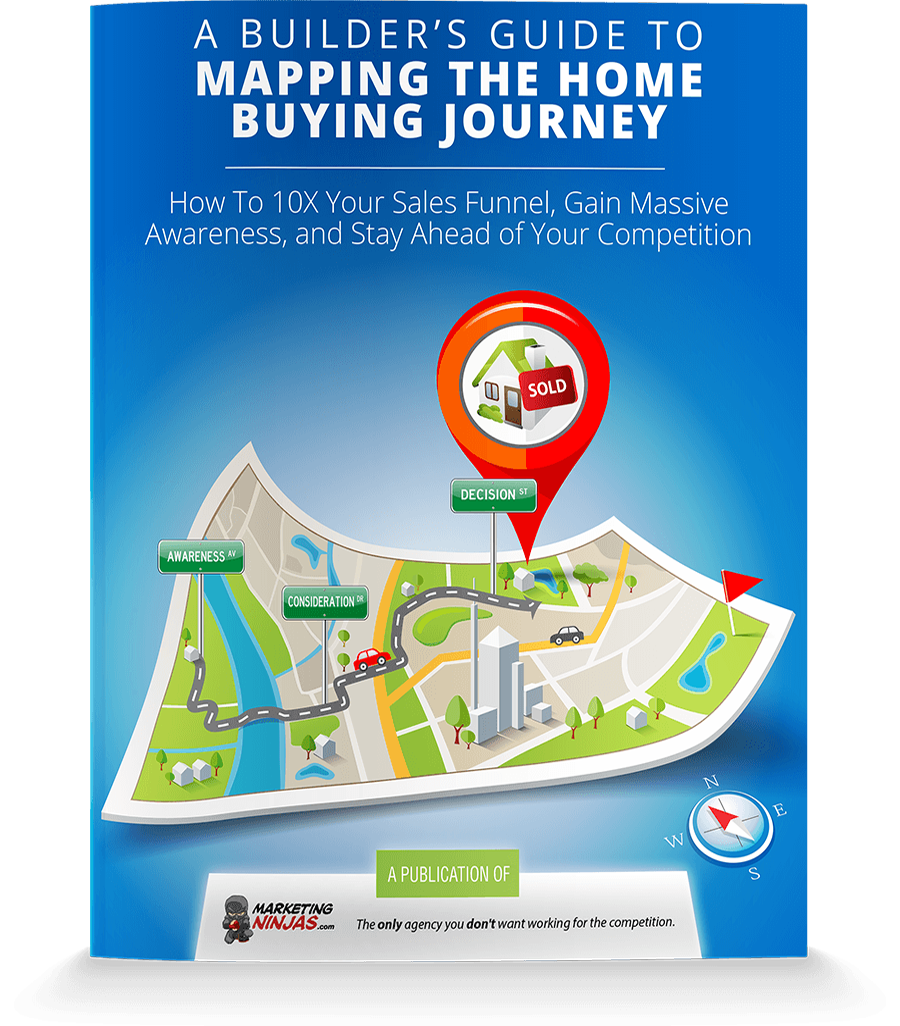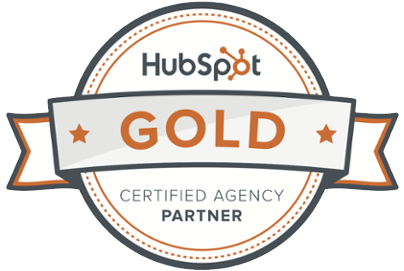Mapping the Home Buyer's Journey: Part 3
Today we're going to show you how the journey for your home buyers goes through different stages, and what you can do to help your leads move closer to the end goal of a signed contract.
Over the last couple of months we've walked you through the buyer's journey, from how the way people buy a home has changed, to the role content marketing plays in that journey.
The following is our final excerpt from our ebook "A Builder's Guide to Mapping the Home Buying Journey".
The best way to visualize this is using the idea of a funnel. Using marketing software like HubSpot, you can automate the process of assisting your prospects through their buyer’s journey, providing them all the content they need to make decisions along the way, and then hand them off to your Sales team once they’ve indicated that they’re ready.
The graphic below shows the buyer’s journey stages, the automated sales process, and the types of content you would use to move your prospects from Stranger to Customer.
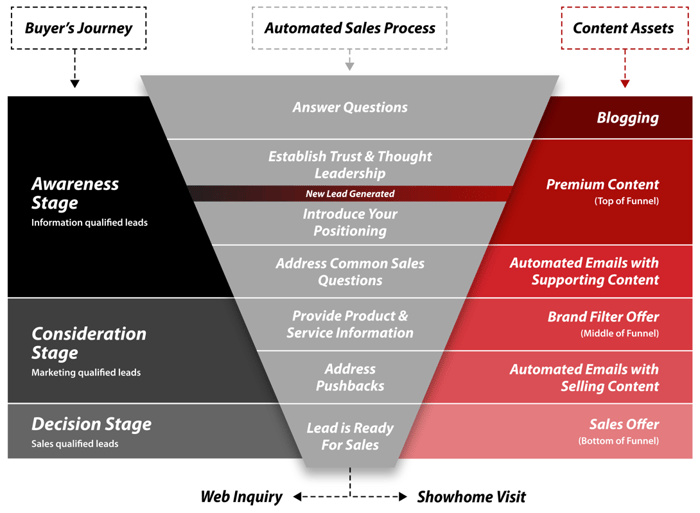 Let’s break down the three stages of the Home Buyers Journey and the ways in which you can align your marketing with prospects in each stage.
Let’s break down the three stages of the Home Buyers Journey and the ways in which you can align your marketing with prospects in each stage.
The Awareness Stage
In the Awareness stage, buyer’s aren’t looking to find a home builder yet. They’ve only just discovered that their current home no longer meets their needs.
This could be for any number of different reasons. They could be:
- Tired of renting and want to build equity in their own home
- Getting married and/or expecting children
- Relocating for a new job
- Downsizing as their children have left home or they’ve recently retired
Now that they’ve become aware of their situation, they’re starting to think about this. They’re asking questions and they’re going online to do research and look for information.
 So the buyer begins to search for answers to their questions:
So the buyer begins to search for answers to their questions:
- Is now a good time to buy?
- What areas should I consider?
- What type of home do I want?
- How far do I want to commute?
- Should I buy new or resale?
In the Awareness stage, the prospect is just thinking about buying. They’re probably not talking with real estate agents or sales representatives yet. They’re starting to take notice of real estate related news and information online, and they’re starting to seek advice from friends and family.
For a marketer, this is a golden opportunity to get the buyer’s attention. Your job is to identify and connect with them. You can gain their interest by providing helpful information that relates to their situation, by answering the common questions they’re asking, and by providing tips and advice on how to solve their housing problem.
The best way to do this is by writing articles or recording videos and publishing them to your company blog. This is your owned media platform and where you want to drive your website visitors and prospects to for information.
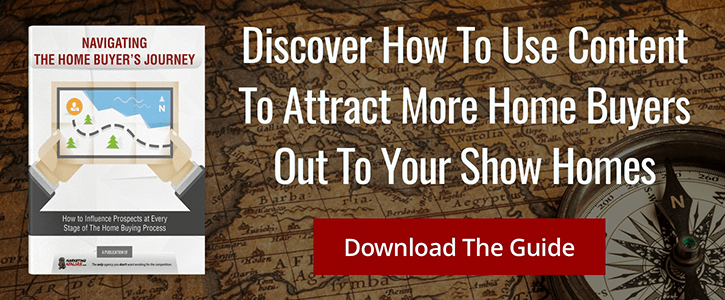 It’s important at this stage that you don’t rush engagement. Promote your content online and let them come to you. Let them browse your content and information and allow them time to do their own research. Resist the urge to promote yourself or your products.
It’s important at this stage that you don’t rush engagement. Promote your content online and let them come to you. Let them browse your content and information and allow them time to do their own research. Resist the urge to promote yourself or your products.
The key objective in this stage is to position yourself as a helpful information resource and build a foundation for a long-term relationship. This is important given that the home buying journey can span many months, and in some cases even years.
What you should do is make sure that you have technology in place that’s going to track and engage your prospects over the long term. In order to do this effectively, you must capture their contact information or email address, and get their permission to market to them.
An effective way to do this is to have a call-to-action (CTA) placed in your content like a button or banner. A CTA’s job is to grab their interest and encourage them to click it to redeem some sort of an offer.
An effective offer in the Awareness stage is a piece of premium content like a guide or checklist that goes deeper into a particular topic. Its purpose is to answer a question, provide education, help you establish trust and thought leadership, and to begin introducing your positioning.
In order for a Premium Content offer to be successful, it must have enough perceived informational value to justify asking a website visitor to submit a web form with a small amount of contact information; typically a name and email address, and maybe a few other fields. Once this conversion has taken place, the prospect has now entered your marketing funnel as an Information Qualified Lead (IQL).
Next, you’ll want to begin nurturing that lead with an email campaign. The purpose of the campaign is to provide answers to the most commonly asked sales-related questions that your show home representatives are asked.
Each email in the series should address a different question. You can even encourage readers to click on a link to visit a blog post on your website where you’ve provided a more detailed response. You can stagger the emails in this series over the course of a few days or weeks depending on how many there are and the length of your typical sales cycle.
Once a prospect has researched the answers to their questions and made a series of small decisions, they are now ready to enter the Consideration Stage of the Home Buyer’s Journey.
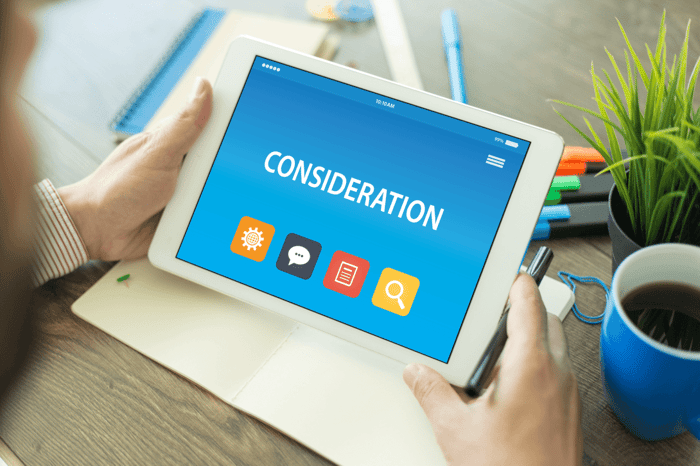 The Consideration Stage
The Consideration Stage
Prospects coming into the Consideration stage are a little further along in their buyer’s journey. They’ll most likely be looking at your community pages, learning more about your service, and trying to identify what makes you unique. At this point, they’ve made the decision to buy a new home, or are seriously considering the option.
But they still have other research to gather and decisions to make at this stage too. Some of those will include what community to buy in, what style of home is best for their family and lifestyle, and what key features are important to them in a floor plan and layout.
Content in the Consideration stage is going to be focused around these smaller, incremental decisions they still have to make. This is also the stage of the Home Buyers Journey where you’re going to want to start sprinkling in your positioning and beginning to talk about the advantages of working with you as their next home builder, as opposed to any of the others competing in your area.
It’s important to not come across too sales-y, even at this stage. Prospects that are here are still information gathering and aren’t ready to make a buying decision yet.
That said, you have lots of options for educating them. Here are some ideas:
- How to choose the right community
- How to choose a floorplan that will compliment your lifestyle
- The importance of looking ahead for needs that will arise over the next few years, and not just what you need today
- How to choose the best homebuilder for your next home
Once again, you’ll create content answering these questions for your prospects and publish it to your blog. And inside these blog posts, you’ll include a call-to-action for another premium content offer like you did in the Awareness stage. The difference is this time it’s more related to your product or service.
It’s called a Brand Filter Offer. It’s not a brochure as it still has to be educational, but it can reference your product and introduce your brand. The main focus should be on the solution you’re providing for the prospect, and not be on blatant self-promotion.
The prospective buyer will go through the same process as the previous stage, filling out a web form to download the content piece. Once they complete that action then you begin nurturing that lead again with another email campaign.
The purpose of this campaign is to address the typical sales objections and pushbacks before the buyer gets in front of sales. This helps reduce the effort required to close the sale and it shortens the sales cycle. Each email that goes out will address a different objection or pushback and sends the reader back to the blog for additional content.
Make sure to stagger these emails over the course of a few days or weeks according to your sales cycle.
 The Decision Stage
The Decision Stage
The last step of the buyer journey is for the buyer to make a decision. This is the stage where buyers will reach out to the builders they are considering to speak to someone in sales. It’s up to Sales to assist the buyer in making a decision, which hopefully will be in your favour.
This time the offer has to be tightly matched to sales. Effective sales offers for home builders are things like requesting free consultations, registering for promos, or booking time to view a spec home.
Two of the major benefits of using content to market to a prospect throughout their home buying journey is the rapport you build with them and how you’re positioned on their shortlist in the Decision stage. You wind up having a major advantage over your competitors because you’re the one that helped them through all of the decisions they’ve had to make along the way!
You’ve Arrived at Your Destination
When you become very familiar with the journey your prospective buyers are taking leading up to their purchase, you’re better able to position your company as their final destination. We’ve identified the general stages of their route: Awareness, Consideration, and Decision and how content can influence buyers at each stage. For the majority of their ride, the key is to be a helpful passenger rather than an instructing GPS.
When you ensure you’re creating content that matches not only your targeted audience but also the stage they’re at in their home buying journey, it’s much more likely for your prospects to build a strong sense of trust in you. You’ve been able to present yourself as a valuable resource for information, not just a walking talking sales pitch. It also means you’ve been able to stay at the forefront of their minds without force.
The result?
Well, you just may find when they reach the Decision stage on their own, they’ll turn to you and say: “Sell to me!”

